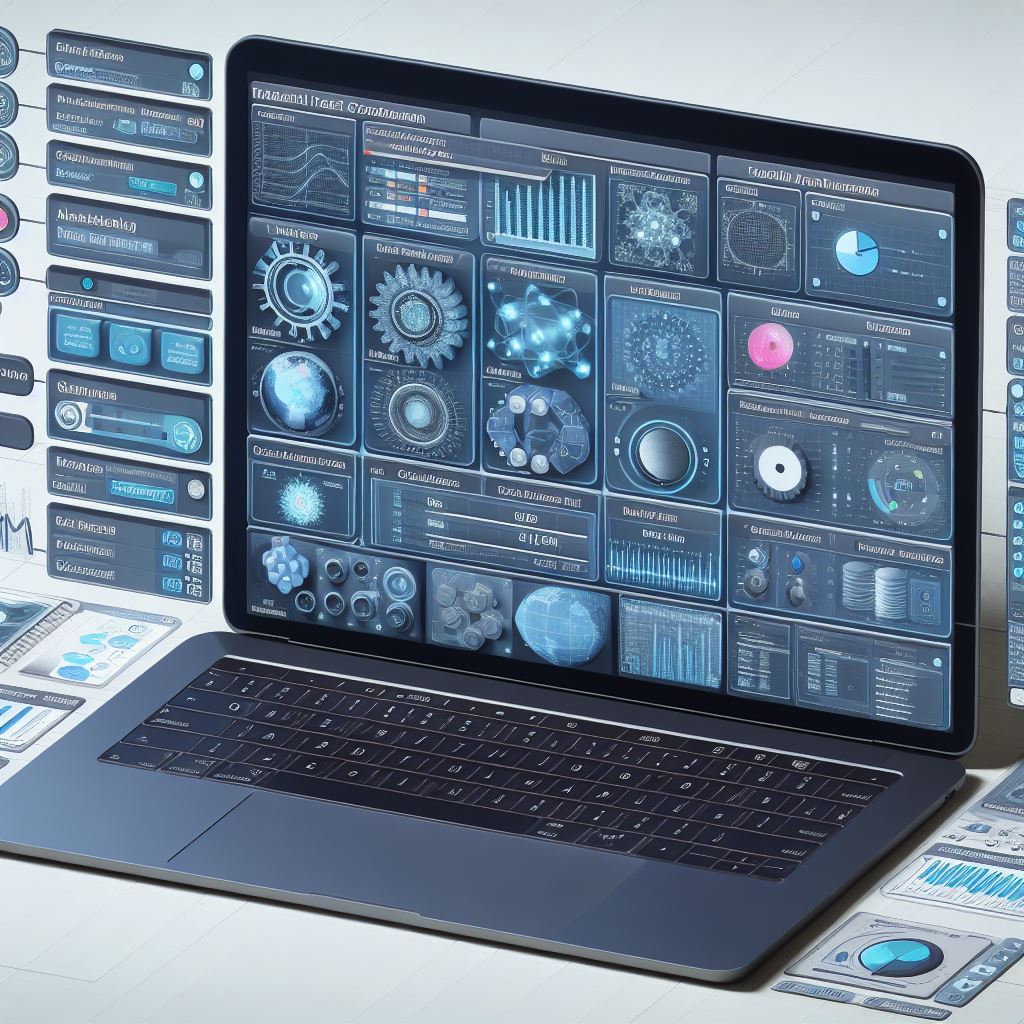Accounts Payable (AP) is a critical function within any organization, responsible for managing payments to vendors and suppliers. However, disputes can arise, leading to delays, strained relationships, and potential financial losses. In this blog post, we will delve into the process of accounts payable dispute management, exploring key steps and effective resolutions.
- Identification and Documentation:
- Begin by establishing a robust system for identifying potential disputes. Regularly review invoices, purchase orders, and receipts to catch discrepancies early.
- Document all relevant information, including dates, amounts, and supporting documentation. This will be crucial when communicating with vendors or suppliers.
- Internal Communication:
- Foster open communication within the AP team. Ensure that team members are vigilant in identifying potential discrepancies and reporting them promptly.
- Implement a standardized process for internal communication regarding disputes. This helps streamline the workflow and ensures that all necessary parties are informed.
- Collaboration with Stakeholders:
- Establish clear lines of communication with both internal and external stakeholders. Promptly communicate any identified discrepancies with the relevant parties to expedite resolution.
- Foster collaborative relationships with vendors and suppliers. Regularly review terms and conditions to minimize future disputes.
- Root Cause Analysis:
- Conduct a thorough analysis to identify the root causes of disputes. This could involve examining internal processes, communication breakdowns, or issues with vendor relationships.
- Use the insights gained from the analysis to implement preventive measures, reducing the likelihood of similar disputes in the future.
- Resolution Strategies:
- Prioritize open communication and transparency when addressing disputes with vendors. Clearly articulate the nature of the discrepancy and provide supporting documentation.
- Negotiate favorable resolutions that consider both parties’ perspectives. This may involve adjusting payment terms, revising invoices, or implementing process improvements.
- Consider implementing an escalation process for unresolved disputes, involving higher management or legal counsel when necessary.
- Technology Integration:
- Leverage technology solutions to enhance the AP dispute management process. Automated systems can help identify discrepancies, streamline communication, and provide real-time visibility into payment processes.
- Explore advanced analytics tools to gain insights into recurring issues and areas for process improvement.
- Continuous Improvement:
- Treat accounts payable dispute management as an evolving process. Regularly assess the effectiveness of current strategies and make adjustments based on lessons learned.
- Implement feedback loops with both internal and external stakeholders to gather insights into areas for improvement.
Effectively managing accounts payable disputes is crucial for maintaining strong vendor relationships and ensuring the smooth operation of your organization’s financial processes. By implementing a comprehensive dispute management process, leveraging technology, and fostering open communication, businesses can minimize the impact of disputes and promote a healthy financial ecosystem.







